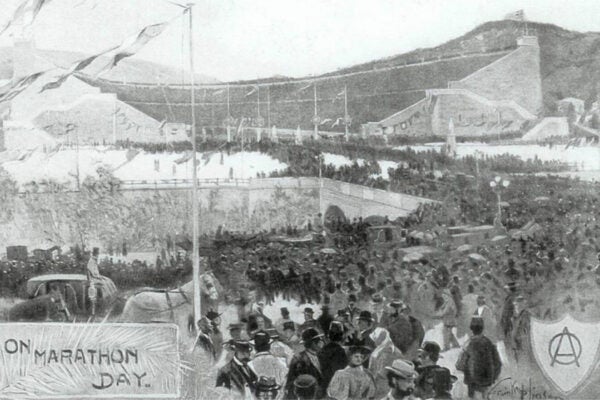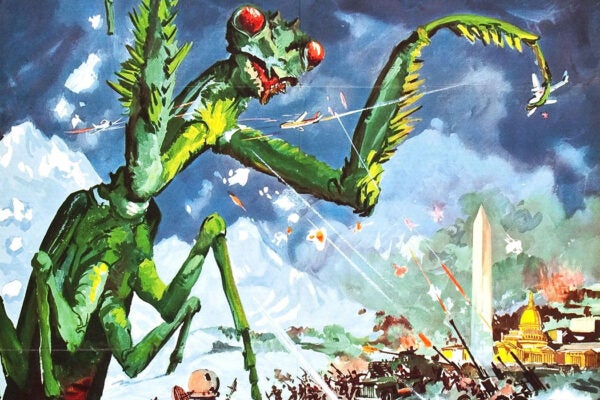The Invention of the Marathon
The Hellenic inspiration for the 26.2-mile races which draw over a million runners yearly worldwide had nothing to do with sport—but everything to do with war.
Portico’s Part in Telling the Story of Emmett Till
The Emmett Till Memory Project teaches new generations about the tragedy that kickstarted the Civil Rights Movement. Preserving its digital assets is vital.
Call the Midwives—Assuming Any Are Left
While midwife-attended deliveries are the norm in the United Kingdom, they’re the exception in the United States. Time was, this difference wasn’t so stark.
The War on Bugs
In the 1950s, supersized insects were the villains in a rash of big-screen horror movies. What did those monstrous roaches represent, and how were they vanquished?
Ghosts in the Machine
Forty years ago, Hollywood made gremlins loveable—portraying them as adorable, furry creatures. Their folkloric origins are far more sinister.
The Genocide Before the Shoah
For a century, Jews in Turkey have maintained a strategic silence when it comes to recognizing the Armenian genocide. Could that be changing?
Lost Literacies Strips Down the Dawn of Comics
In his new book, literary historian Alex Beringer demonstrates how the birth of the genre of printed comic long preceded the Sunday Funny Pages.
Before Brita: A Brief History of Water Filtration
From ancient Egypt to post-industrial London, societies have long recognized the benefits of clean water and—mostly—have done what they can to provide it.
A Purrrrfect Political Storm
Crazy cat ladies have come to dominate this election season. It’s hardly the first time.
Cloves: The Spice that Enriched Empires
Behind one humble spice lies a complex history of empires and profit, commodities and globalization.









